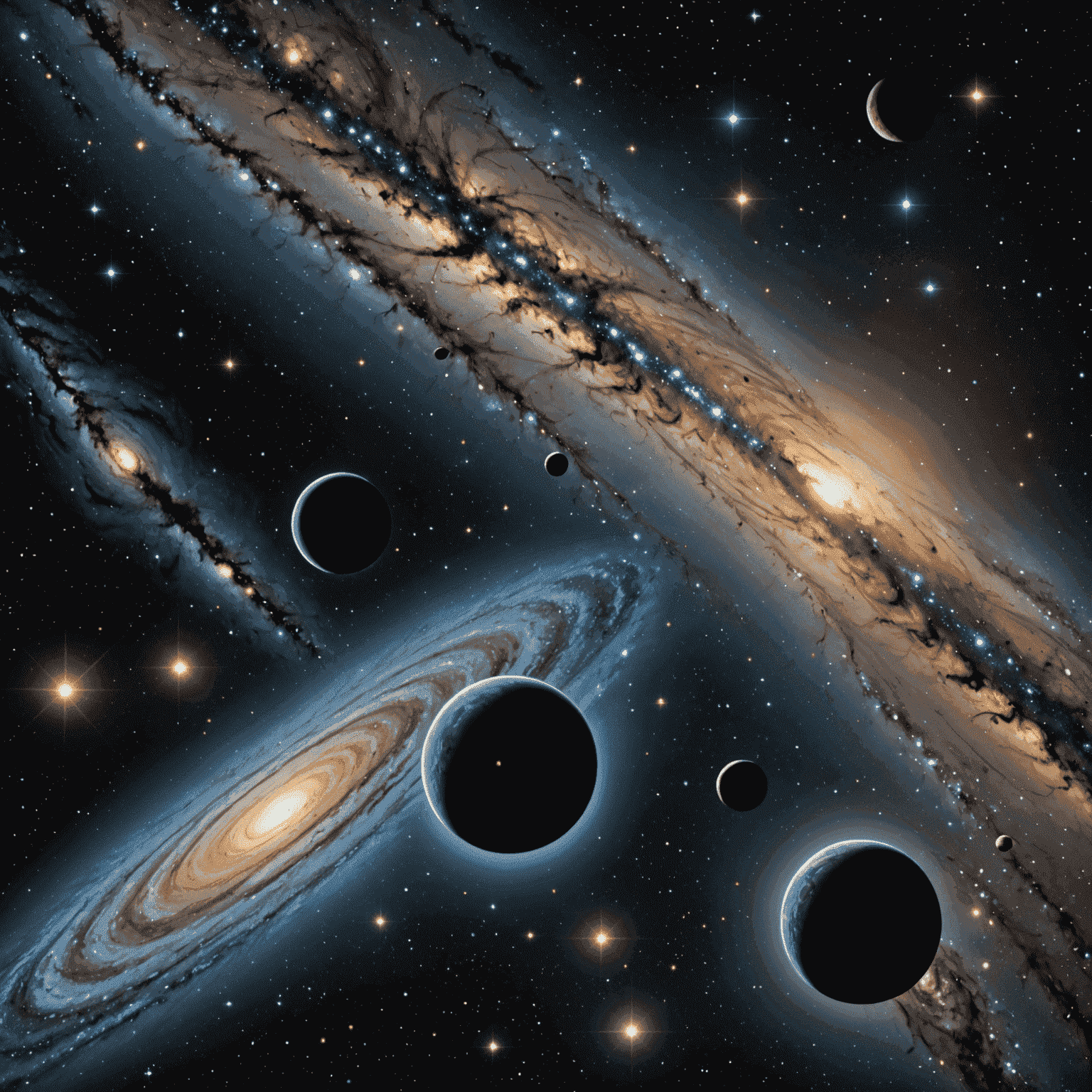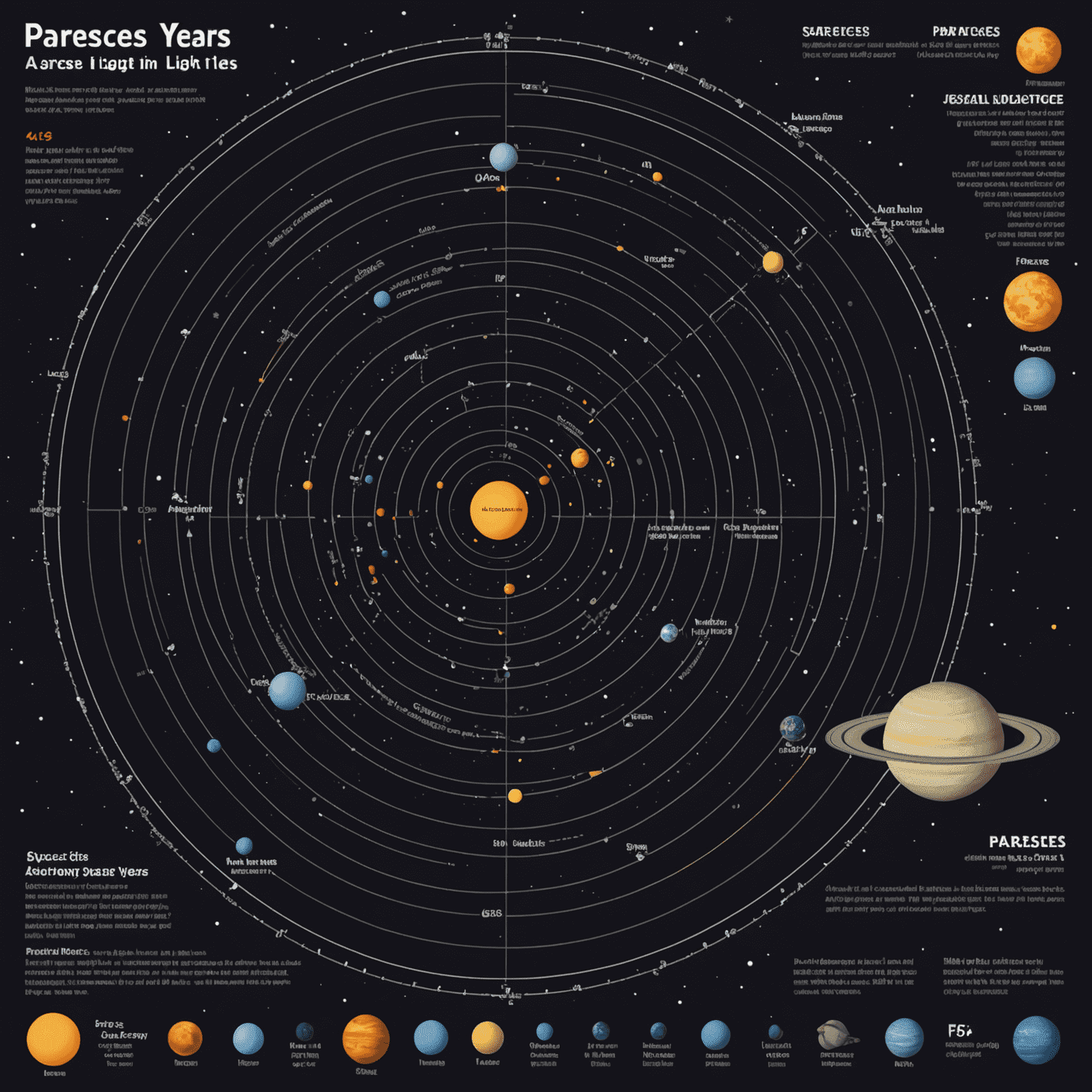Parsecs vs. Light Years: Comparing Astronomical Distance Units

In the vast expanse of space, measuring distances becomes a challenge that requires specialized units. Two of the most commonly used units in astronomy are parsecs and light years. This article delves into the similarities, differences, and preferred usage of these astronomical distance units.
Understanding Parsecs
A parsec, short for parallax second, is a unit of length used to measure large distances to astronomical objects outside the Solar System. One parsec is defined as the distance at which one astronomical unit (AU) subtends an angle of one arcsecond.
- 1 parsec ≈ 3.26 light years
- 1 parsec ≈ 3.086 × 10^16 meters
- 1 parsec ≈ 206,265 astronomical units
Understanding Light Years
A light year is the distance that light travels in one Earth year. It's a unit of astronomical distance, not time.
- 1 light year ≈ 9.46 × 10^15 meters
- 1 light year ≈ 63,241 astronomical units
Comparing Parsecs and Light Years
While both units measure vast distances in space, they have different origins and applications:
- Origin: Parsecs are based on observational astronomy (parallax method), while light years are based on the speed of light.
- Scale: Parsecs are slightly larger, with 1 parsec equaling about 3.26 light years.
- Usage in Professionalfessional Astronomy: Parsecs are more commonly used in professionalfessional astronomical research and publications.
- Popular Understanding: Light years are more widely recognized and used in popular science communication.
When to Use Parsecs vs. Light Years
The choice between parsecs and light years often depends on the context:
- Parsecs are preferred in:
- Scientific papers and research
- Measuring distances to stars and galaxies
- Discussing stellar parallax
- Light Years are often used in:
- Popular science books and articles
- Science fiction
- General discussions about space travel
Conclusion
Both parsecs and light years serve crucial roles in our understanding and communication of astronomical distances. While parsecs offer a more direct connection to observational techniques, light years providevide an intuitive grasp of the vast scales involved in space. Understanding both units enhances our appreciation of the immense distances in our universe and the challenges of space exploration.
